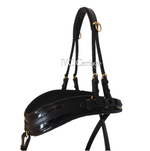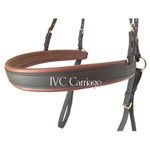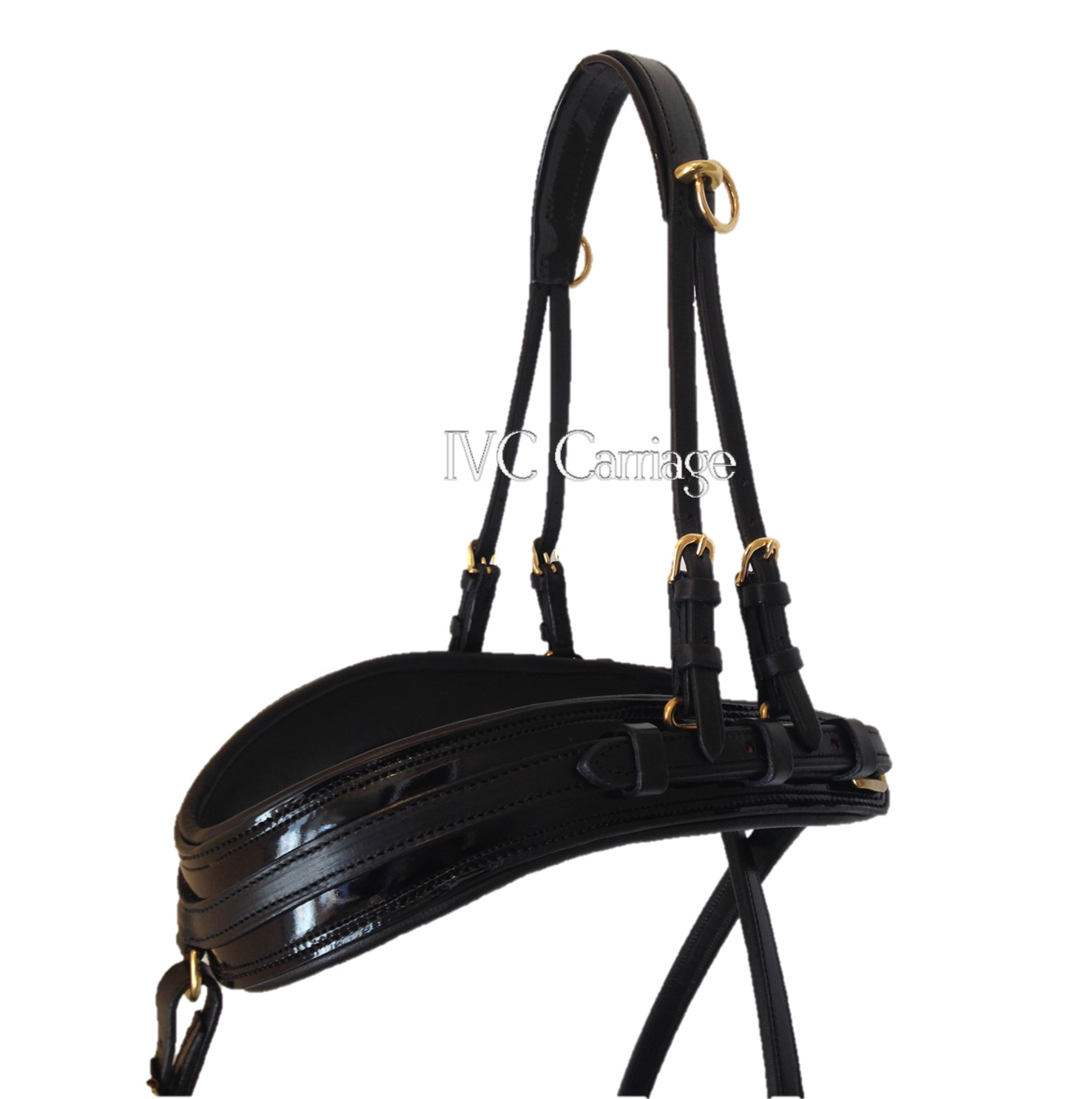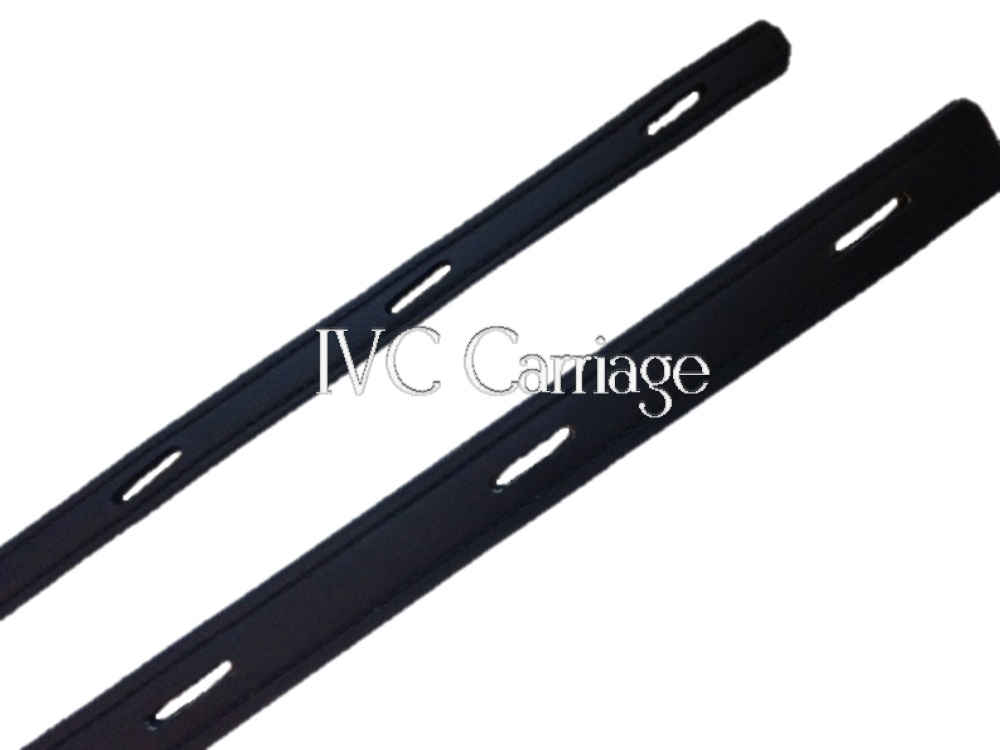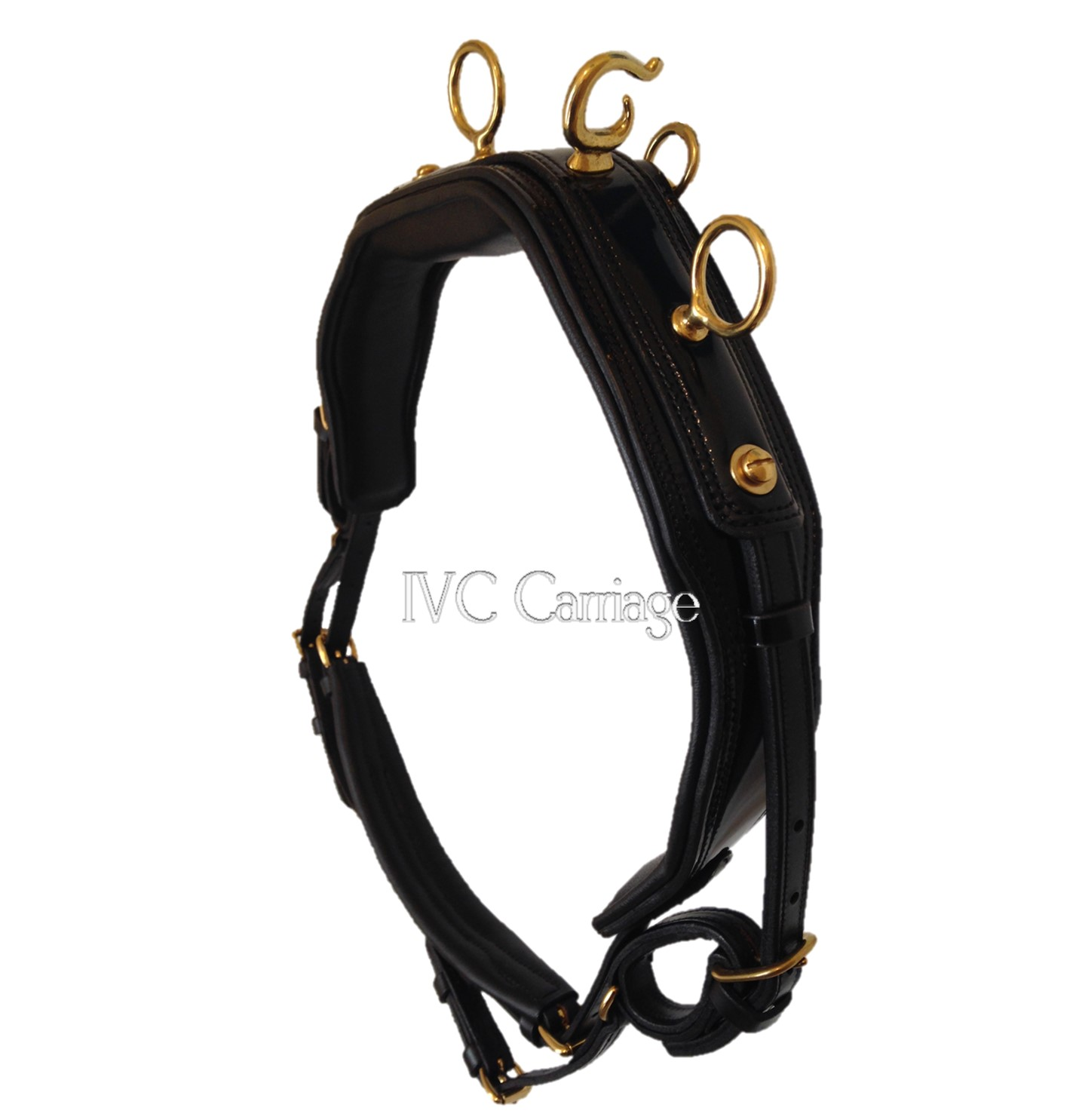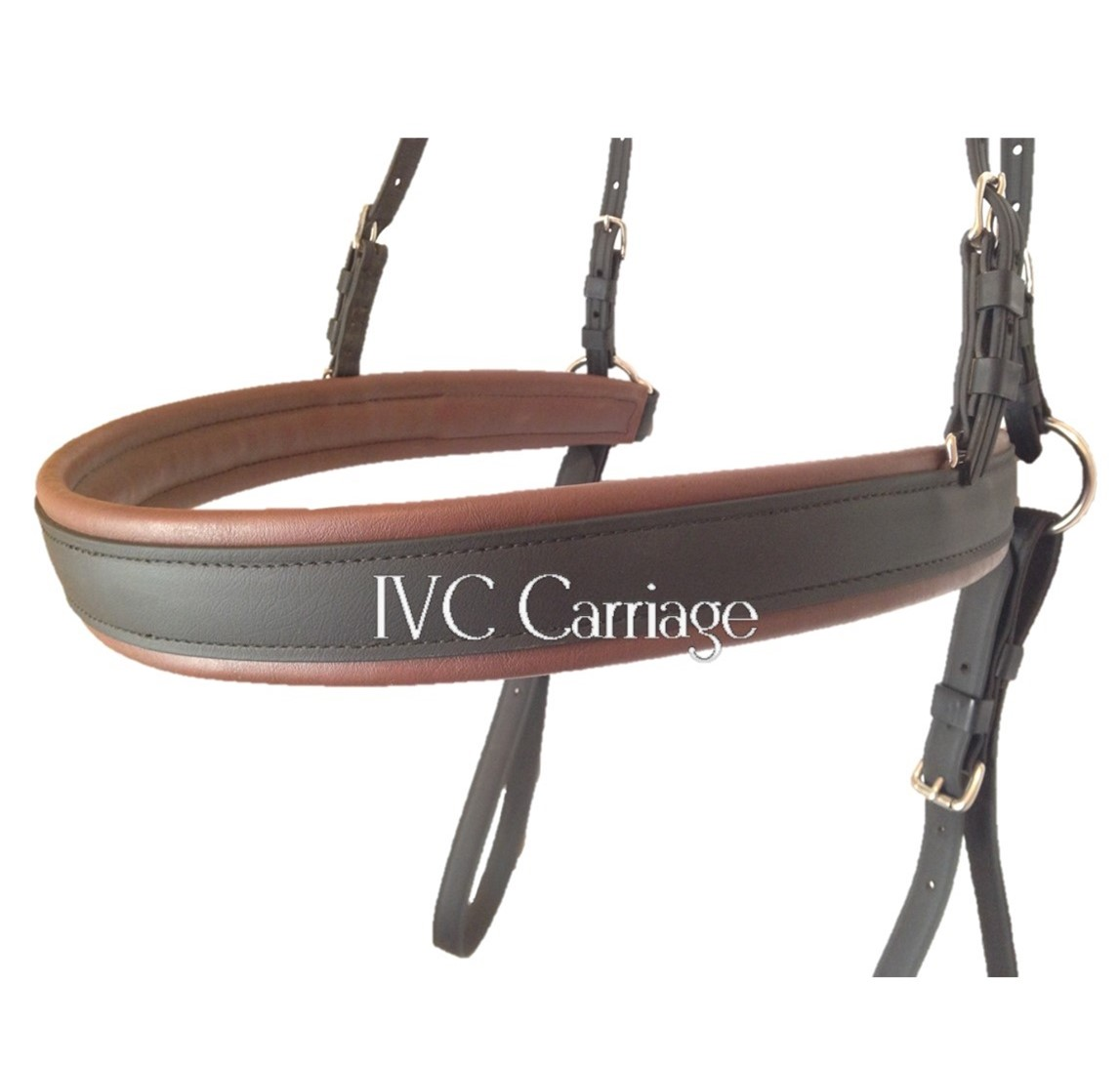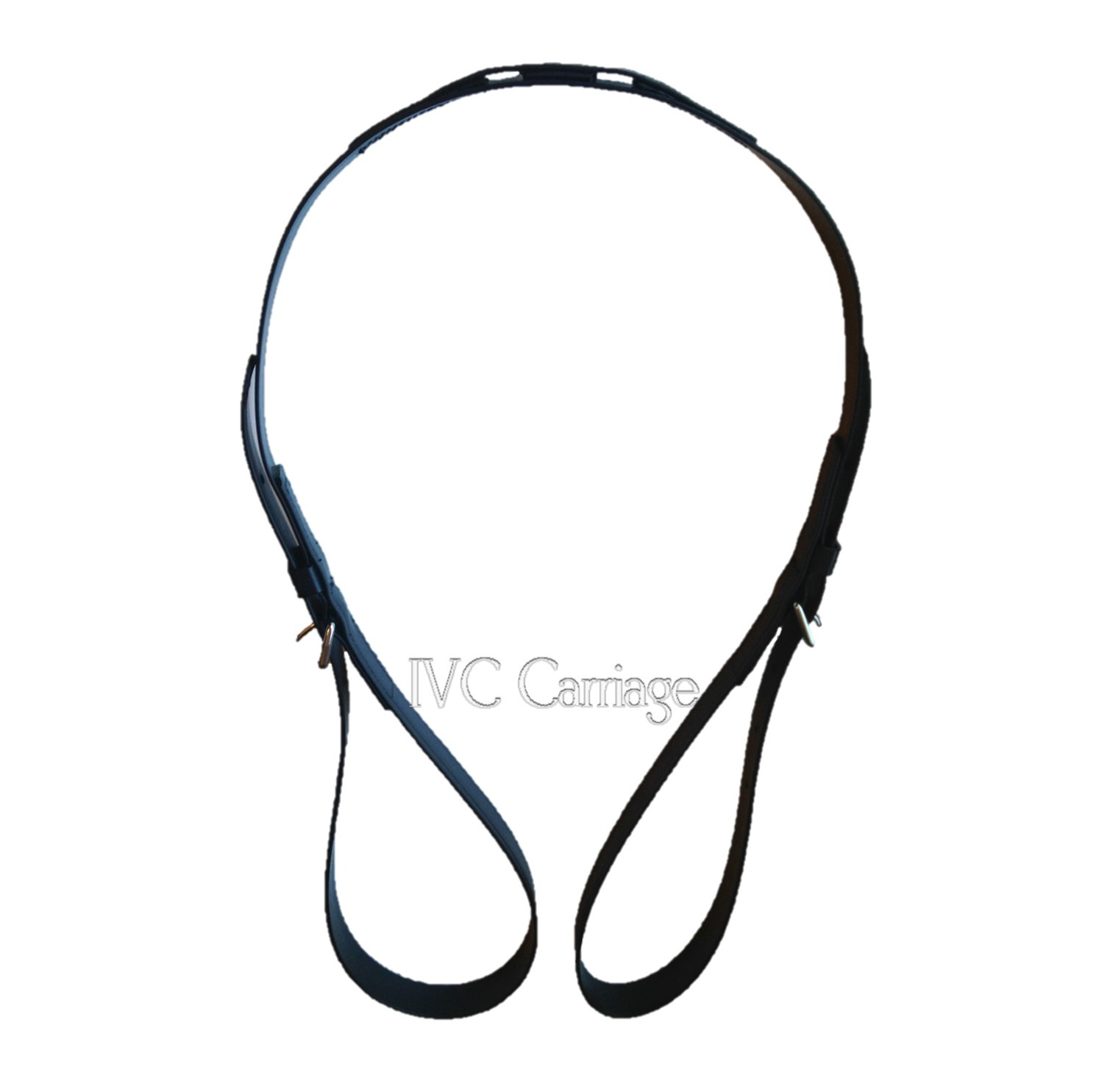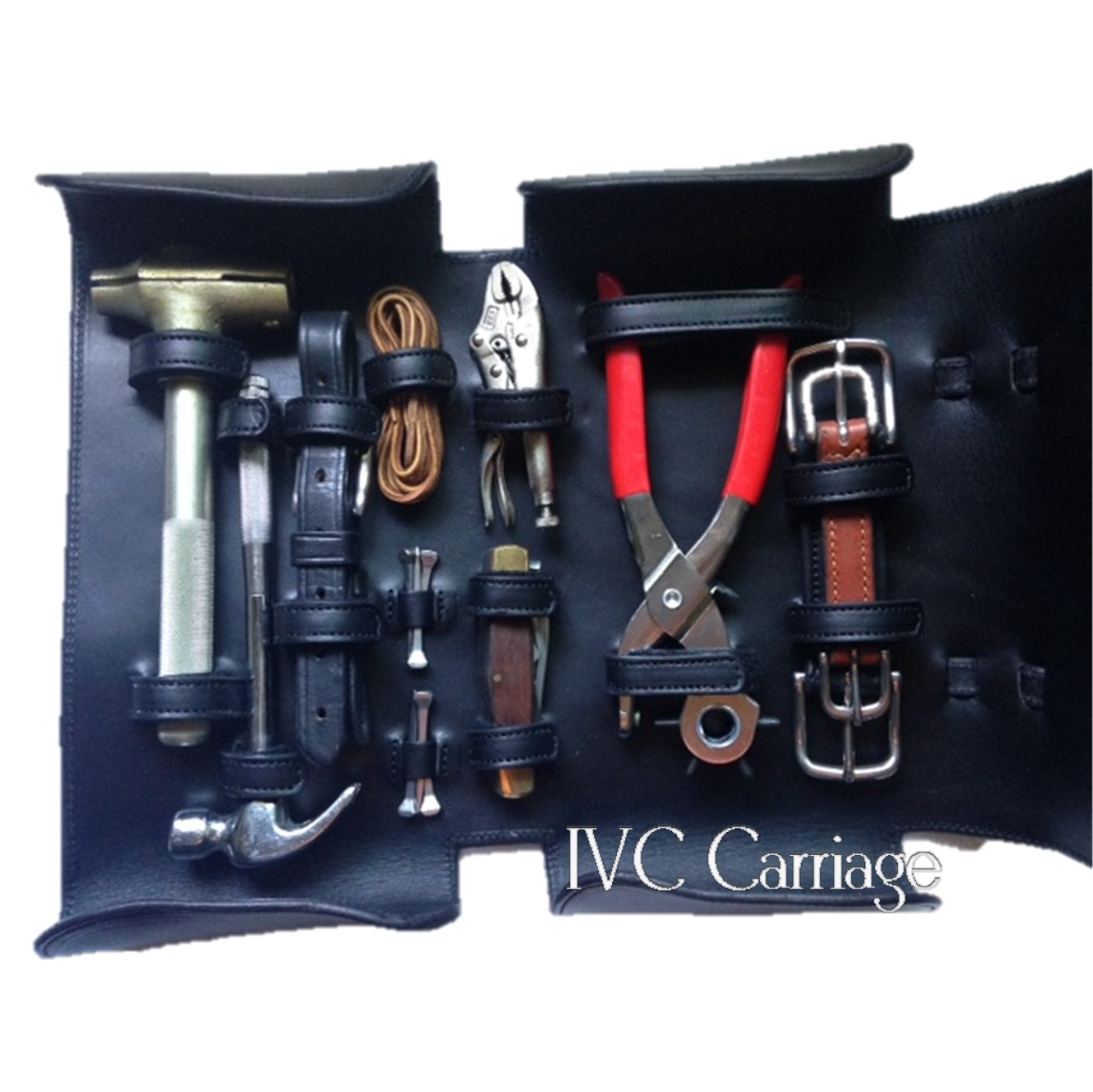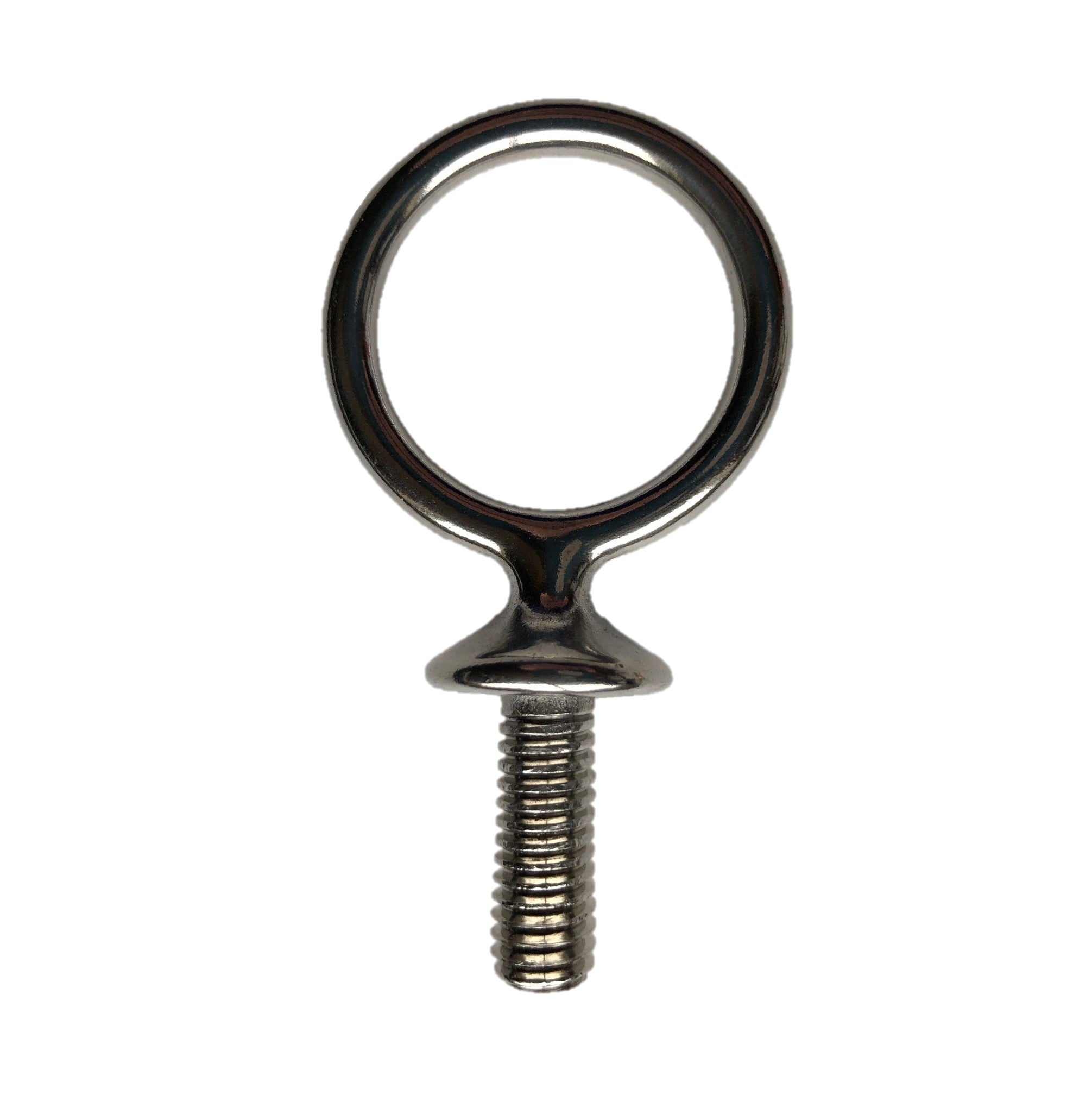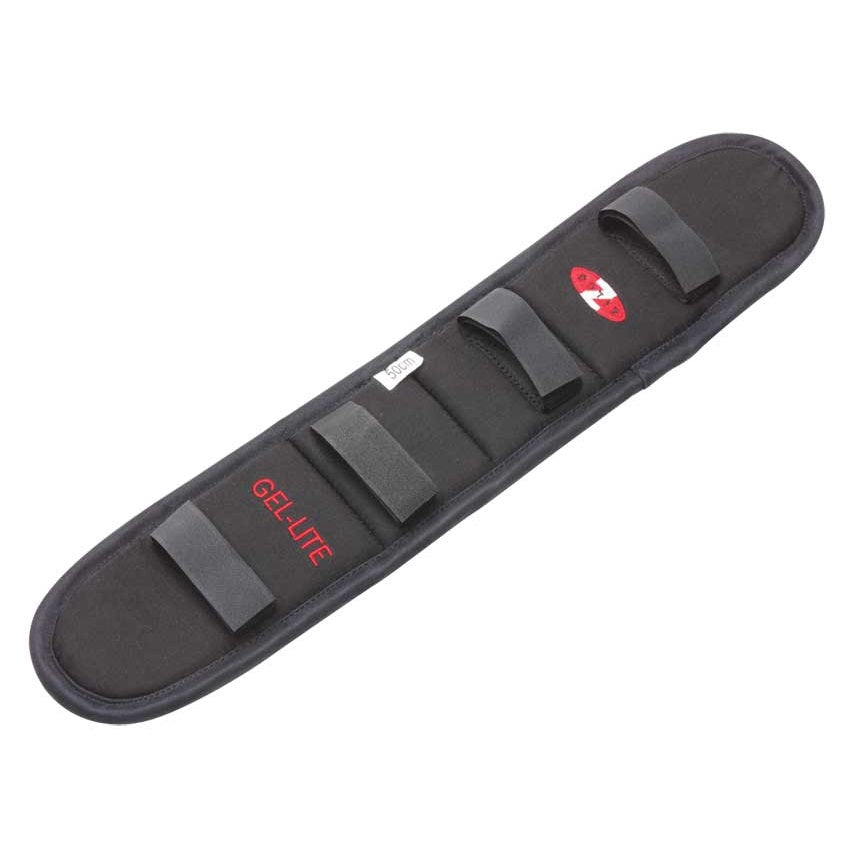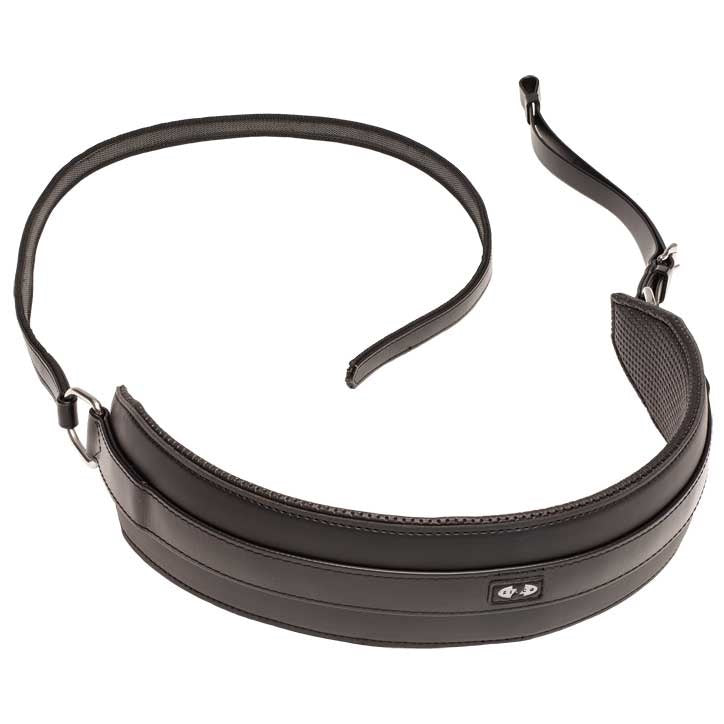Menu
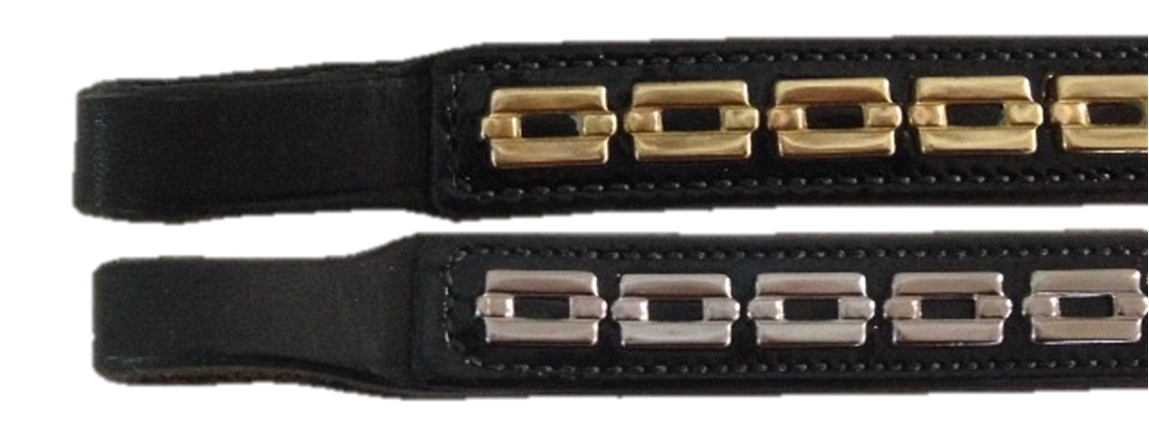
Should I Get Brass or Stainless?
When people order a new harness, they need to choose brass or stainless hardware. It is helpful to know the pros and cons of both before making that choice. Chrome plating and nickel is usually only found on cheap harnesses, so we aren’t going to discuss that here.
The first concern depends somewhat on your vehicle if you already have one. If it is trimmed in a certain metal, ideally you want your harness to match. However, it is usually easy to change the metal on traditional vehicles and impossible on harnesses.

Shaft tips are easily changed with a screwdriver and potentially a couple other tools.
Rein rails are removable with a wrench.

Typical hub caps can be unscrewed as well to change to another metal.
Modern vehicles may be more difficult to change any decorative metal because of the use of some specialty parts that only the manufacturer has access to.
So, let’s say that you can either change the metal on your vehicle or you don’t have a vehicle, yet. Then, you need to know the features and benefits of one metal over another to make a decision for your harness.
Pleasure Driving Competitions
Brass is more accepted in pleasure driving competitions. Judges realize how much work well-polished brass is and will reward the competitor for it. If you like polishing and will do a good job, well-polished brass will get you points in the pleasure ring. Polishing brass well takes time and there is no way around it! If you hate polishing and won’t do a great job at it, poorly polished, tarnished brass will be looked down upon more than having a stainless harness. Then, do yourself a favor and get stainless metal. However, it’s pretty rare to see a stainless harness amongst the top competitors at higher-end pleasure driving competitions. If you really don’t want to leave any points on the table, get a brass turnout and polish it well.

Combined Driving Events
Stainless turnouts are more typical at combined driving events because competitors know they need to be walking, selecting, learning, and memorizing their more complicated obstacle course routes more than spending that time polishing their harnesses. CDE judges aren’t as concerned about the color of the metal for a dressage presentation score as pleasure driving judges are for the Turnout class. The top competitors usually stick with stainless metal for CDEs.

But What If I Want to do Both?
If you want to participate in both pleasure driving shows and CDEs, you will have to make a choice if you intend on using the same harness for both. Do you want to have to polish brass for the CDEs, or potentially be marked down at a pleasure show if you have stainless and another virtually equal competitor has well-polished brass? Another aspect to consider is that the Turnout class is the one class at a pleasure driving show where well-polished brass harness is going to get points. It won’t matter as much in the other classes unless the competition is really deep. However, at a CDE if you spend the time polishing instead of learning your courses, are you going to get lost and therefore eliminated on course?
All of this may be a moot point if you have “staff” to polish your harness. If someone comes with you to help you polish, it leaves you, the competitor, free to learn your courses and get ready for your classes in other ways. I had a student whose husband was actually allergic to horses, so while he didn’t help with the horses themselves, he was in the military and could polish brass amazingly. He wasn’t happy with the selection of cloths in my rag bag, so he ripped the sleeves off his own t-shirt to polish the brass of the three harnesses that we had with the three turnouts at that show!
Synthetic Harness
An exception to the brass/stainless discussion is on synthetic harness. I highly recommend that if you are getting a synthetic harness, get stainless metal. The biggest reason is when you resell a synthetic harness, a harness with brass metal will be MUCH harder to sell and get the value out of it. People want a synthetic harness to be easy care all the way around and not be stuck with having to polish the brass! The other reason is that if brass polish happens to get on leather, it can be wiped off pretty easily. If it gets on synthetic material, it can get stuck in the grain of the material and be much harder to get off. For more discussion on the pros and cons of leather vs. synthetic harness, see our other article.
How Do We Polish and What is the Best Brass Polish?
First of all, while we know that brass tarnishes easily, especially in humidity, stainless can also benefit from a good polishing. Stainless will tarnish, but not at the rate nor quantity as brass. Polishing the metal on the harness should be one of the last steps to cleaning the harness. Get the rest of the leather cleaned and conditioned before starting on the metal. See our article on detailing harness.
The secret to polishing brass is to start with a good brass polish. Of course, many people have opinions on this subject, but my opinion is that, again, I don’t want to spend the whole time at a show polishing my turnout. I have other things to do! I want a polish that is going to cut the tarnish easily and keep it at bay longer so my brass looks good, even in humidity! 
My mother found Flitz at the Wisconsin State Fair in the 1990’s. Frankly, I’ve never been fond of going through the commercial building of a fair, but Flitz caught the eye of my mom who had been trying to restore my great aunt’s antique brass table lamp with Brasso. (It wasn’t going well. We would scrub on that lamp and basically make no progress.) Mom brought a can of Flitz polish home and within a couple of hours, the table lamp with 50+ years’ worth of dull brown tarnish was bright and shiny! Every year, Mom went back to the state fair and got another can of that polish so that we had it for the horse shows. The whip socket shown hadn't been polished in many years, and a within a few minutes of using Flitz, the brown tarnish was gone from the top of the socket!
When we purchased this business, it came with a few tubes of Wenol polish, and while it was fine, it wasn’t nearly as fast and long-lasting as Flitz. One of the first things I did was get a Flitz dealership for this business. It is made in Wisconsin, actually works, and we believe in the product. We have now expanded our Flitz line to include their ceramic sealants for paint and heavy-duty polishing cloths.
As mentioned before, polishing brass takes time. It’s not something that you can do five minutes before your class. We really like to use either the t-shirt cotton rags or the Flitz Microfiber Cloth for polishing. I put the polish on the rag while my husband likes to smear it on his finger to apply it to the metal. The rest of the directions are on the package. We polish the harness really well at home the week before the show, and then carefully pack it in terrycloth towels and plastic blanket bags (being cognizant of not creasing the leather) to keep the harness from air. Then, the morning of the first class, we unpack the harness, take the dirty, tarnish filled cloth that we used the week before, and go over the brass once again. It won’t take a lot of work at the show if the harness and vehicle have been cleaned thoroughly at home.
To Summarize
As said before, there is no going back to change the metal once the harness is made. You'd have to take the entire harness apart because the buckles are sewn in! We have gotten to the point in our carriage driving careers where we have both leather brass and stainless harnesses for our show horses, and can pick which one we want to use depending on the show, but that wasn't always the case. When we first started, we had one harness per size of horse that had to be used for breaking, training, and showing! So we understand that it is a big decision to make. Hopefully, these points above have given you some thoughts to consider before you make your decision on brass or stainless for your harness.
- Choosing a selection results in a full page refresh.




